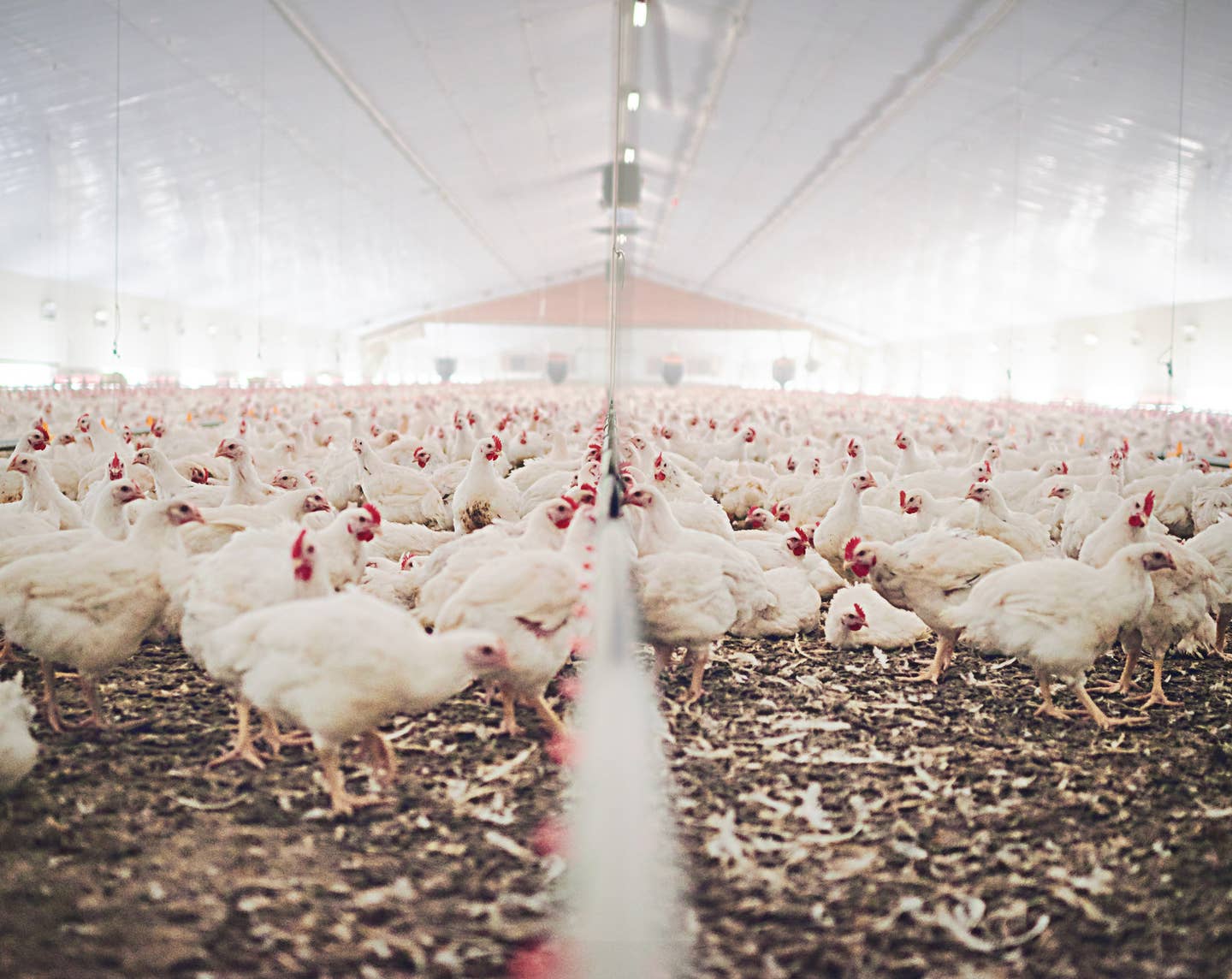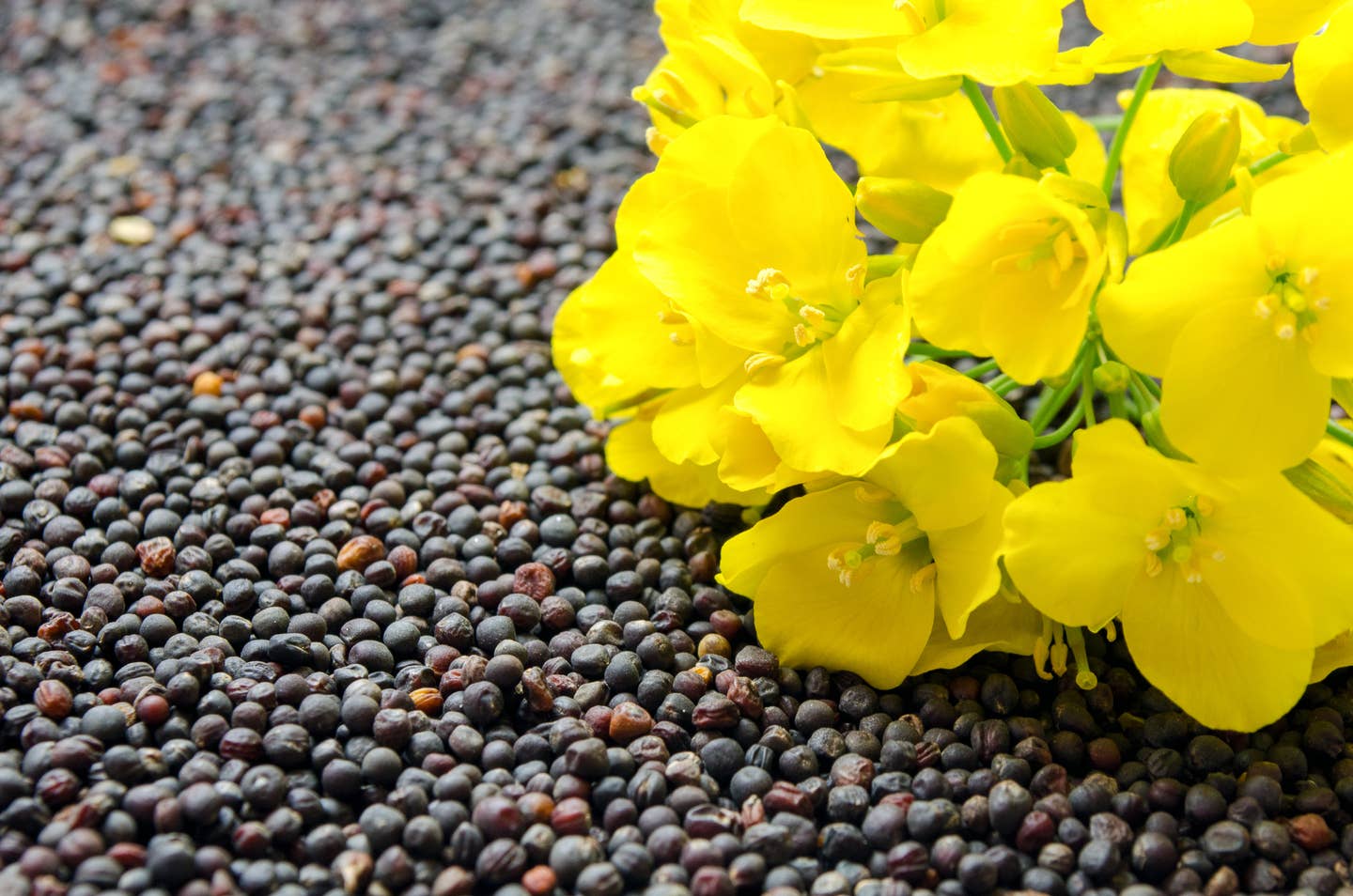
The EPA Is Banning This Harmful Pesticide. What You Need to Know
The Environmental Protection Agency (EPA) announced on Wednesday a plan to ban chlorpyrifos–a common pesticide used on crops including corn, soybeans, apple, broccoli, asparagus, and other common produce. Even though studies have connected the pesticide introduced in 1965 to neurological damage in children, the Trump administration decided to keep the pesticide in the food industry’s arsenal. Following the backlash, the Biden Administration is taking steps to block the pesticide, reversing the previous administration’s decision.
“Today EPA is taking an overdue step to protect public health,” Head of the EPA Michael S. Regan said. “Ending the use of chlorpyrifos on food will help to ensure children, farmworkers, and all people are protected from the potentially dangerous consequences of this pesticide.”
The new regulation will take effect in six months, following the order issued in April by the Ninth Circuit Court of Appeals. The court order demanded that the EPA cease its chlorpyrifos use unless the chemical could be proven to be safe. The EPA plans to enact this new regulation irregularly, skipping over the normal draft process and public comment period. The EPA’s decision will be published in final form, complying with the court order to remove the pesticide immediately.
The Biden Administration’s decision to roll back the common use of this pesticide arrives after years of advocacy and studies arguing against chlorpyrifos. For decades, environmental organizations and health advocates have criticized the pesticide, citing the dangers that it presents to both consumers and especially farmworkers. Studies have shown that exposure can be linked to lower birth weights, developmental issues, and diminished IQs. Last year, several organizations joined together to petition the EPA to reconsider the Trump Administration's decision to keep using the pesticide.
“Pesticides like chlorpyrifos haunt farmworkers, especially parents and pregnant women,” Director of Strategic Campaigns for United Farm Workers of America Elizabeth Strater said. “They don’t hug their kids until they change clothes, they wash their laundry separately. When they miscarry, or when their children have birth defects or learning disabilities, they wonder if their work exposures harmed their children.”
The petition urging the EPA to revoke its previous decision to retain chlorpyrifos included 100 organizations. This campaign was built off of a similar request filed in 2016, pushing the previous administration to reconsider its tactics and remove the pesticide from food systems and farms. The petition emphasized the direct impact the pesticide had on children through farmworkers, explaining that the direct contact would negatively affect workers’ families when returning from the fields.
“It took far too long, but children will no longer be eating food tainted with a pesticide that causes intellectual learning disabilities,” an attorney at Earthjustice Patti Goldman said. “Chlorpyrifos will finally be out of our fruits and vegetables.”
Even though this marks the first national ban of the commonly used pesticide, states including Hawaii, New York, Maryland, and California already enacted regulations and bans to remove chlorpyrifos from food production. Attorney generals from those four states alongside Massachusetts, Washington, and Vermont also joined the petitions.
Since the Obama-era EPA initiated the removal of chlorpyrifos, the process of actually enacting a ban became tied up in a web of legal complications. In 2020, the Trump administration decided to ignore the recommendations to regulate and scale back the pesticide use, keeping chlorpyrifos on the market. The EPA rejected its own findings that linked the pesticide to childhood brain-development issues.
“This shows that EPA has completely abandoned any commitment to protecting children from this extremely toxic chemical when their own scientists recommended twice to ban it. The science is being overridden by politics,” Senior Director for Health at the Natural Resources Defense Council Erik D. Olson said at the time.
The legal challenges came to a head this April when the court finalized its decision, giving the EPA until Aug 20 to either prove that chlorpyrifos does not present harm to children or to promptly enact a ban in food production. The direct and immediate call to action is unusual, implying the impatience that both environmental organizations and the courts have with the EPA.
“It is very unusual,” EPA Assistant Administrator for Chemical Safety and Pollution Prevention Michal Freedhoff said of the court’s directive. “It speaks to the impatience and the frustration that the courts and environmental groups and farmworkers have with the agency. The court basically said, ‘Enough is enough. Either tell us that it’s safe, and show your work, and if you can’t, then revoke all tolerances.”
The regulation will be restricted to the food industry, allowing chemical companies to still produce and distribute chlorpyrifos to be used on golf courses, utility poles, fence posts, and turf. However, it is projected that chemical companies will reject the EPA’s ban due to its close ties with the Trump administration and the chemical industry’s support of this pesticide.
“The availability of pesticides, like chlorpyrifos, is relied upon by farmers to control a variety of insect pests and by public health officials who work to control deadly and debilitating pests like mosquitoes,”, the chief executive of agricultural chemical company CropLife America Chris Novak in response to the Trump decision.
More From The Beet






